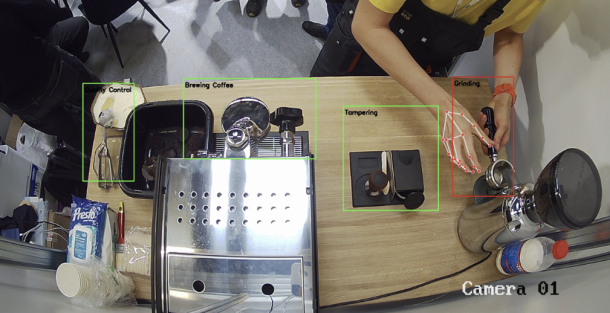Understanding the Inner Workings of MES in Modern Production
Whirring machines, focused workers, and materials in constant motion…. A symphony!
But how does it all come together to create the final product? Enter the conductor of this industrial orchestra: the Manufacturing Execution System (MES).
What is MES?
An MES acts as the bridge between the high-level planning of Enterprise Resource Planning (ERP) systems and the real-time world of the factory floor. It's a software solution that provides a comprehensive view of production, from raw materials to finished goods.
What Does it Do?
Think of MES as a multifaceted control center. Here's a breakdown of its key functions:
- Orchestrating the Production Flow: MES seamlessly integrates with various production stages, ensuring each step follows the designated sequence. It provides digital work instructions to operators and even connects directly to machinery for automated control, leading to higher precision and consistency.
- Seeing Through Real-Time Data: MES acts like a factory detective, constantly collecting data from machines and operators. This real-time feedback loop allows for monitoring machine efficiency, identifying potential problems early on, and enabling quick decisions to keep things running smoothly.
- Quality is King (and Queen): MES integrates quality checks and standard operating procedures right into the production flow. This ensures products meet stringent quality standards. Any deviations are flagged immediately, reducing rework and guaranteeing compliance with regulations.
- Optimizing Your Resources: MES doesn't play favorites – it optimizes both human and machine resources. It tracks operator skills and machine usage, scheduling maintenance based on actual data to prevent unexpected downtime. This data-driven approach ensures you get the most out of your workforce and equipment.
- Embracing the Future: Modern MES platforms are tech-savvy, often incorporating cutting-edge technologies like machine learning and computer vision. Machine learning analyzes production data for predictive maintenance and process optimization, while computer vision systems perform real-time quality inspections. Imagine robots with eagle eyes, constantly ensuring flawless products!
- Inventory Under Control: MES keeps a watchful eye on production stages and equipment utilization, providing valuable insights into performance. It also integrates with supply chain systems, managing inventory levels in real-time to perfectly match production needs. This reduces lead times and keeps your inventory lean and efficient.
Benefits of MES: A Symphony of Success
Implementing MES unlocks a range of benefits that elevate your entire production process:
- Enhanced Efficiency: With comprehensive control and real-time visibility, MES significantly boosts production efficiency. It reduces lead times, minimizes inventory costs, and ensures higher product quality through continuous monitoring and optimization.
- Agility is Key: MES transforms rigid production processes into agile, data-driven operations. This flexibility allows you to adapt to changing market demands and emerging technologies, keeping you ahead of the curve.
- Quality You Can Trust: Reduced rework and consistent quality standards translate to happy customers and a stronger brand reputation. MES helps you achieve this by actively monitoring and enforcing quality control measures.
- Informed Decisions, Better Results: Real-time data from MES empowers you to make informed decisions that optimize production, improve resource allocation, and minimize downtime.
Conclusion:
MES is no longer a luxury, but a necessity. It transforms factories into intelligent production hubs, ensuring seamless integration, real-time control, and ultimately, a production symphony that delivers consistent success.












